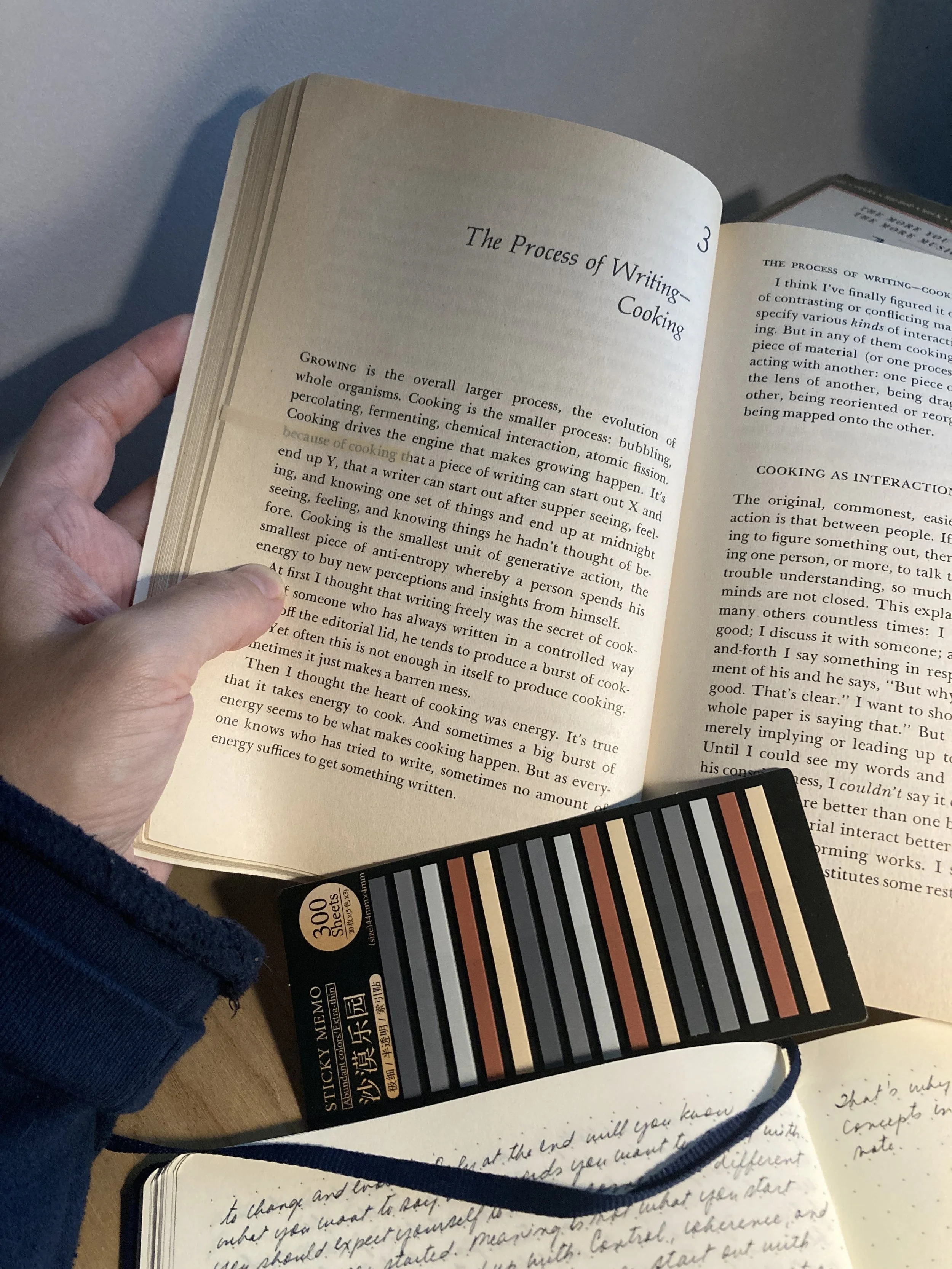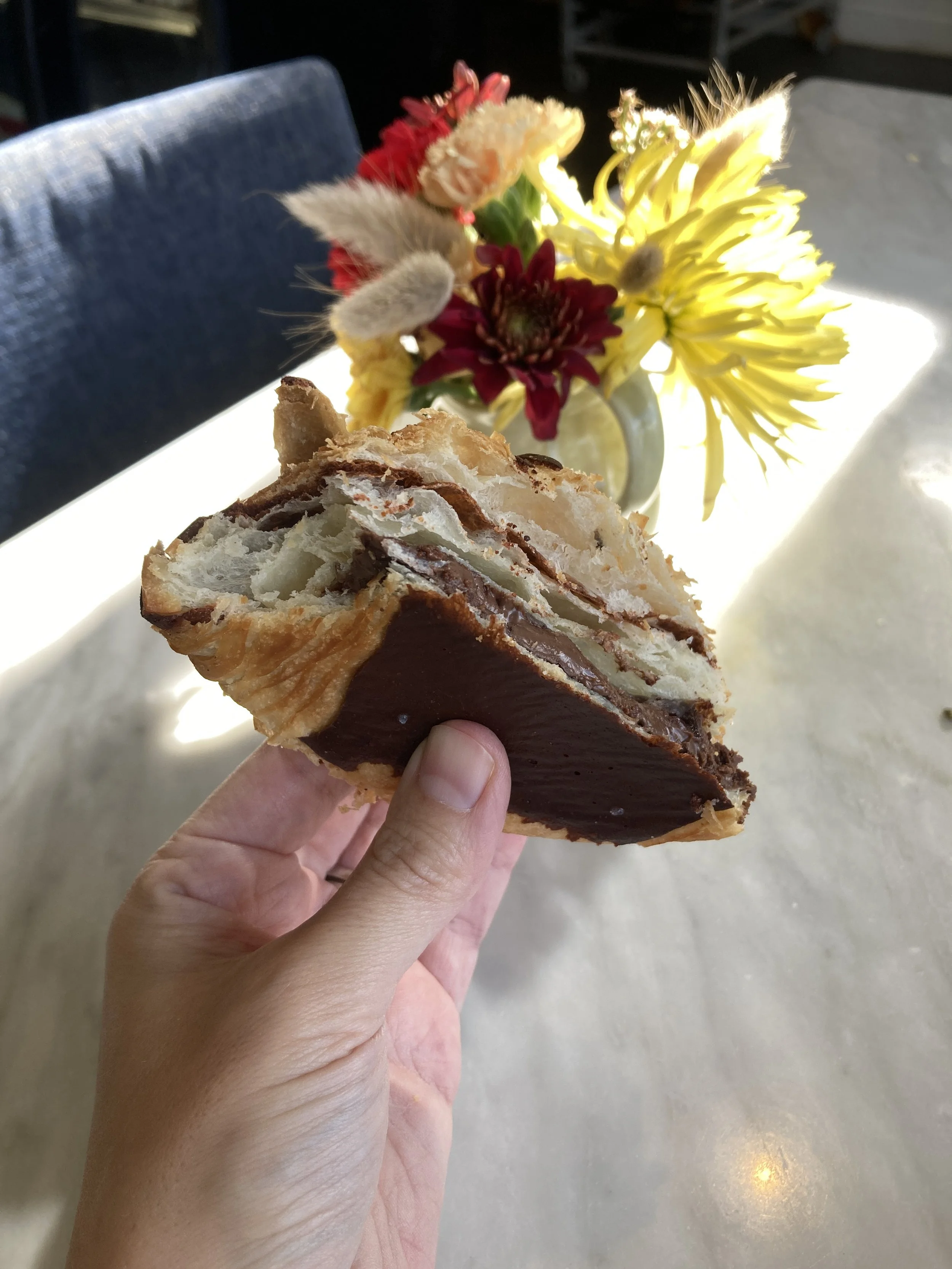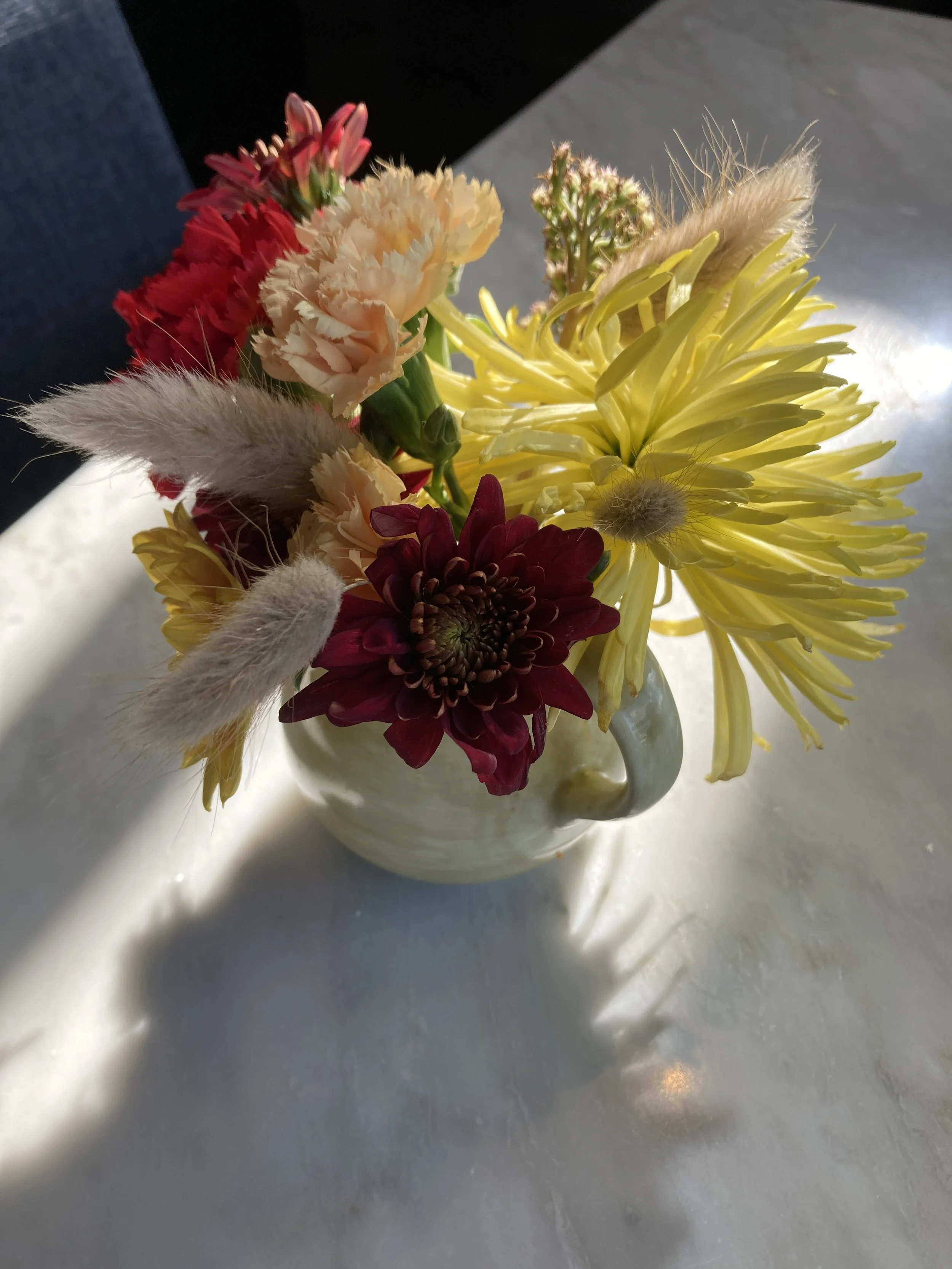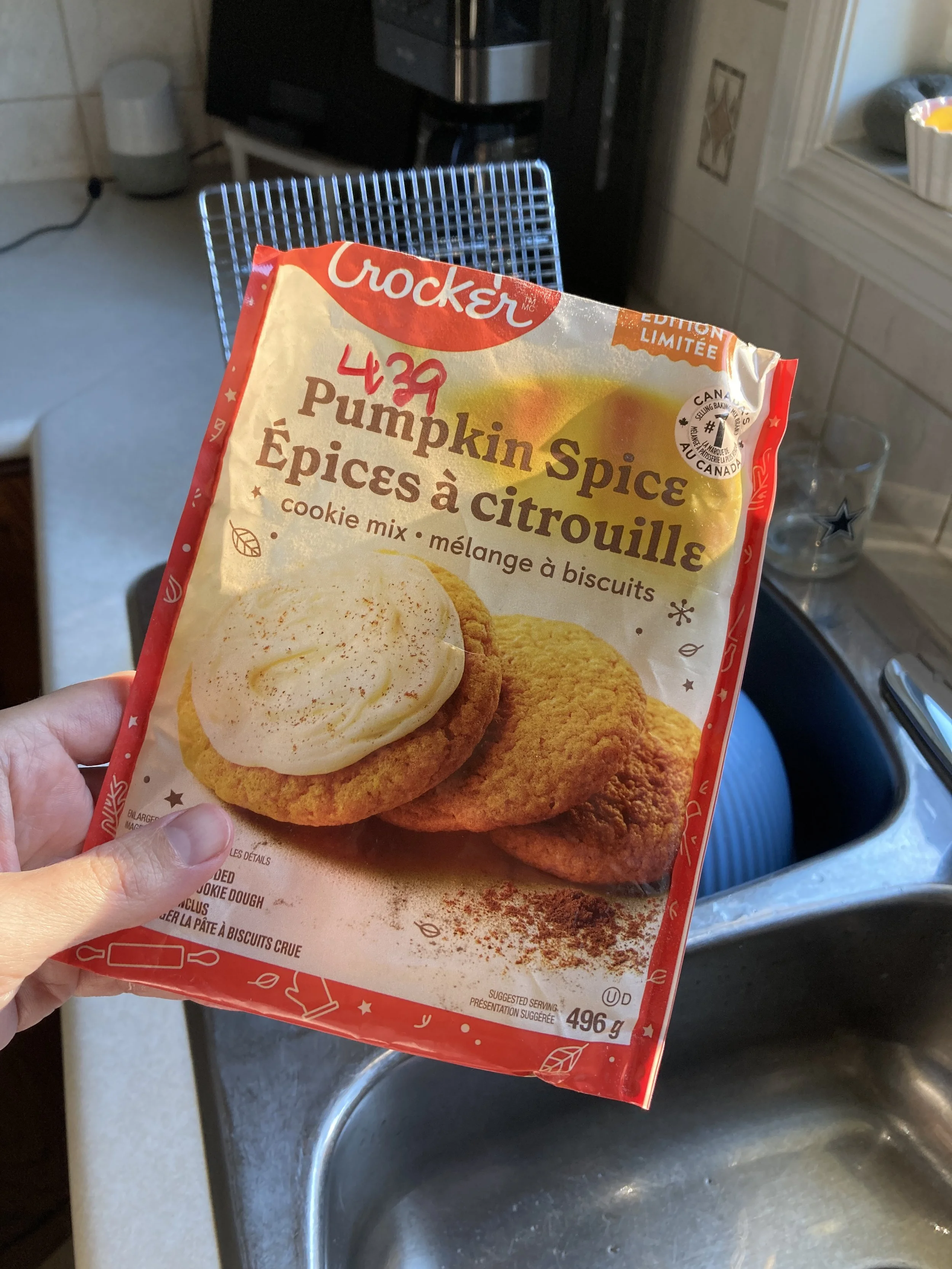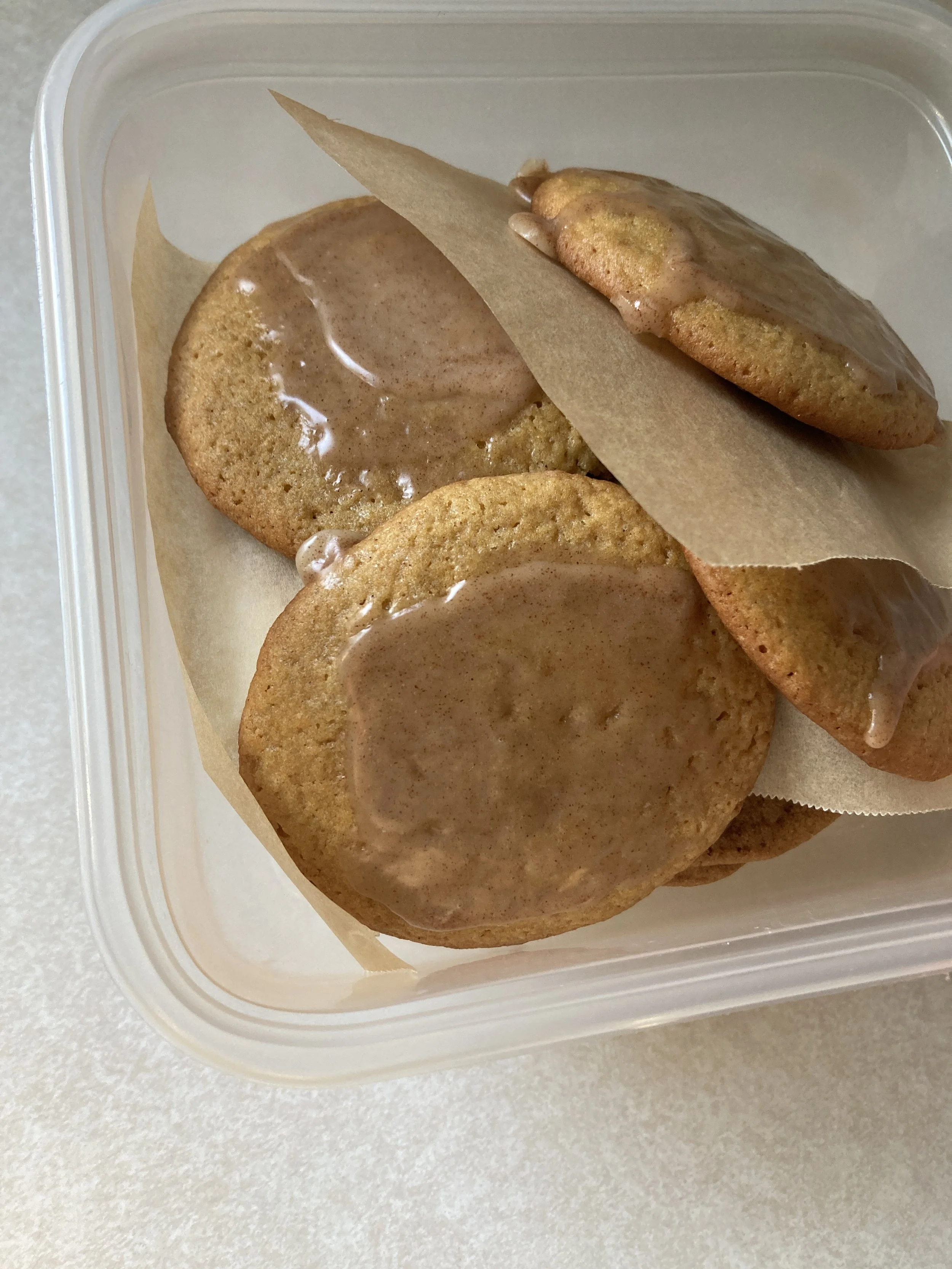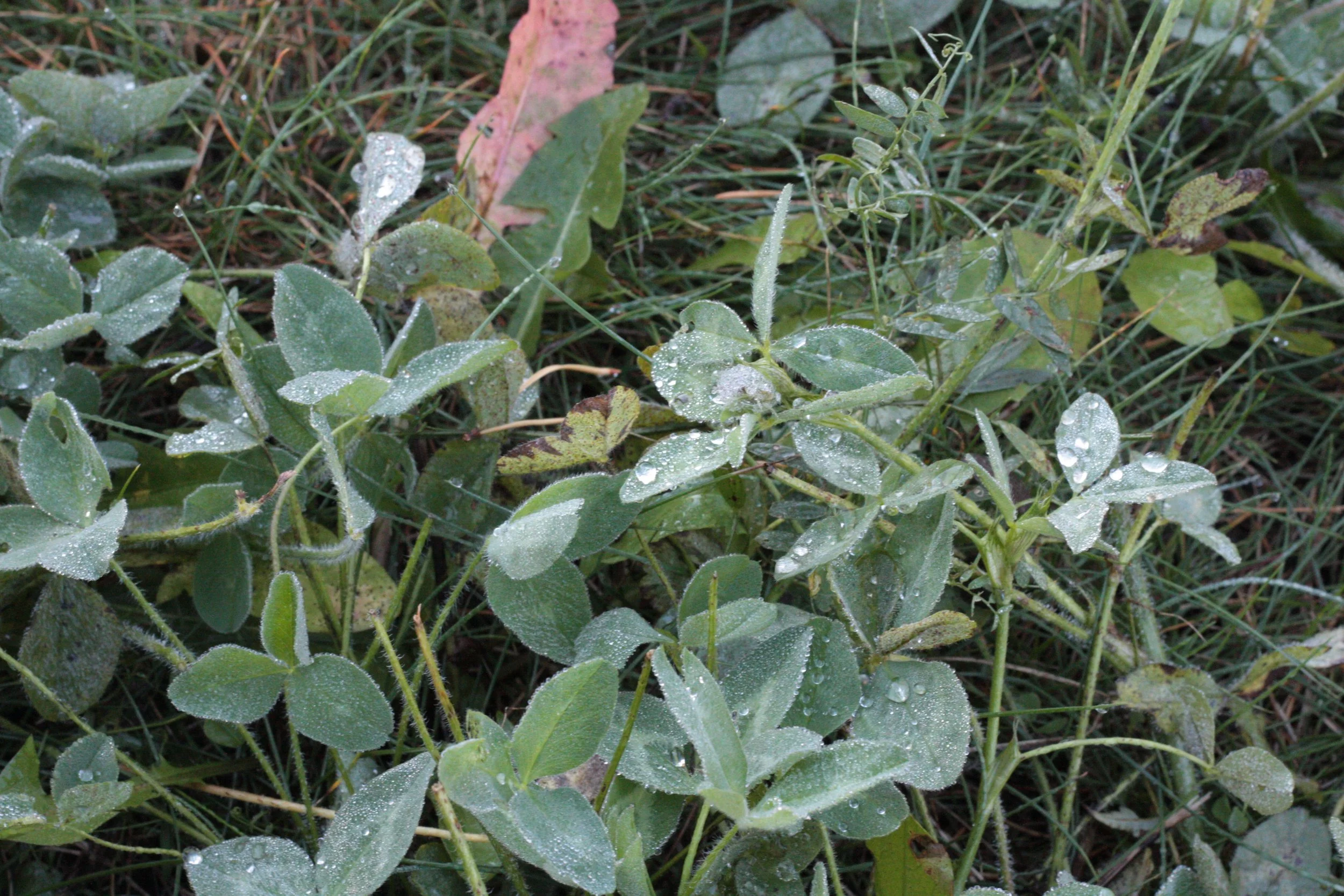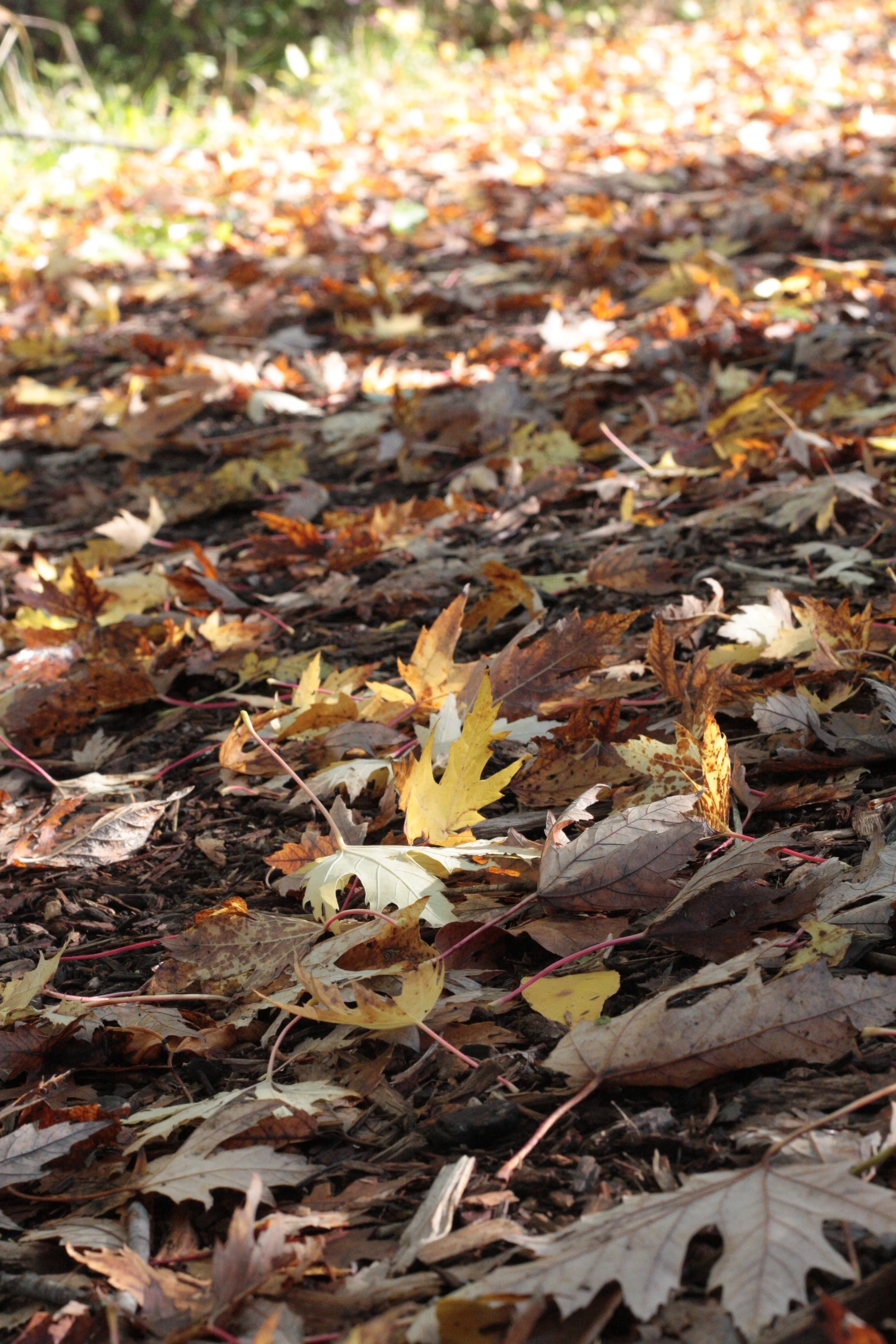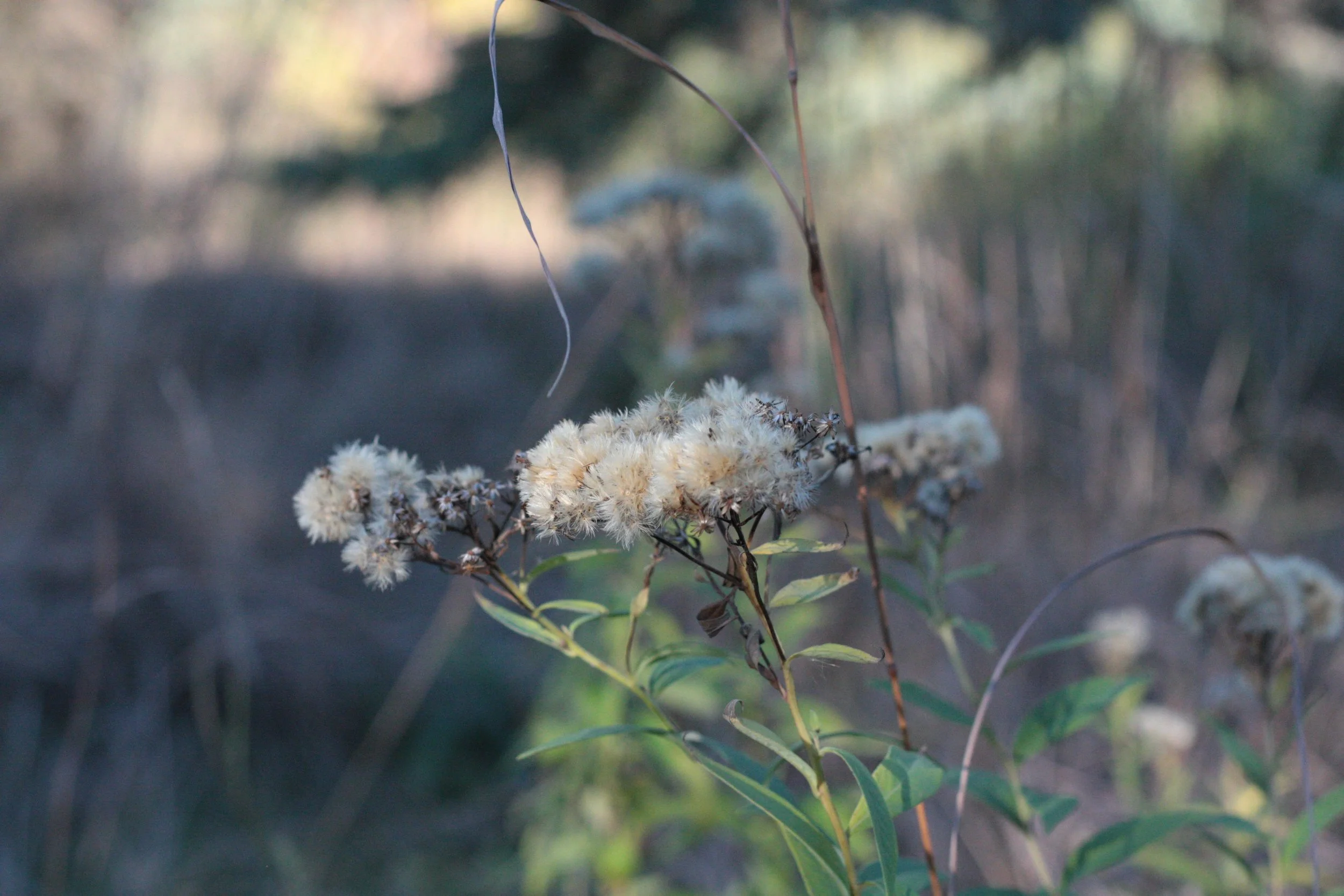Grace
Recently, listening to the latest season of Revisionist History (The Alabama Murders) Malcolm Gladwell describes a particular group of Protestants (Church of Christ) as being especially strict. One of the words he uses, in making his point, is “grace”. He uses it in contrast to shame, or rather, he says that when you feel a lot of shame, it can sometimes be because there is a lack of grace:
When you’re in a context of overwhelming shame, it can do terrifying things to the psyche.
In the absence of any sort of constructive grace, and I don’t mean by that, some flabby sense of, oh, everything’s-ok-grace, but some sort of constructive sense of grace, […] it can quickly lead you to all sorts of madness. […]
What [Lee C. Camp] was saying, and what many others in the Church of Christ came to believe, was that their church, particularly their church in that era, 40, 50 years ago, did not understand grace.
[…] Because in the absence of grace, there is no relief from transgression.
But grace is greater than just “relief from transgression”. It reminded me of the end of an episode of This is Actually Happening… A doctor named Tony Dajer talked about a patient he helped on the day of the Twin Tower attack. The patient had been transferred to another hospital and Dajer decided to visit him, to “have a face, to know of somebody that we had taken care of that I could get to know a little more.” The patient had been rendered paraplegic, and Dajer feared that the patient’s wife would be distraught… Instead,
the wife shows up, and it was probably the most unexpected moment of grace in my whole life. She was just, “look, you saved him. Whatever time I had with him, without you, he wouldn’t even be here” and just left us speechless. She was radiant with gratitude and love and “oh, my God, what you guys must have gone through on 9-11,” and “thank you for saving my husband.”
The husband died a few months later, but the doctor and that woman kept in touch. Dajer says:
she visits every now and then, and it’s a touchstone that keeps me connected and forgiven and understanding of what happened. […] What she showed me was that even in the depths of her grief, that somehow her love for him spilled over to us was almost a miracle. That sense of her taking care of us when it’s supposed to be completely the other way around was what was so powerful.
I have never seen another human being so represent what grace means. It’s a human standard that because she can do it, means it can be done, and it is possible to be that way.
The definition of grace in the OED starts with its theological origin. It is “benevolence […], bestowed freely and without regard to merit”. And benevolence is the “disposition to do good, […] to promote the happiness of others”. Grace can also be the expression of gratitude (Thanksgiving is “action de grâce” in French, a literal “giving grace”!). Considering all this, grace feels like an especially potent word and something to aspire to. Grace heals… not just the person who receives it, but the person who chooses to bestow it.
Whereas that doctor found that it stopped him in his tracks, an experience which he gifts listeners of the podcast with the words to translate the intensity of the feeling, I think we aren’t granted such profundity every day… Most days, I suspect, grace flows, if it is unobstructed, like a little stream. I think it can look as mundane as a man taking care of his father with Alzheimer’s, a strength hidden in the willingness of his care for his family despite the merit of his freedom having been unfairly judged. That’s what came to mind listening to In the Dark’s season 2 update, here.
(Grace, previously mentioned.)
Keeping a diary
I liked what Peter Elbow writes about keeping a diary in his book Writing Without Teachers:
One of the functions of a diary is to create the interaction between you and symbols on paper. If you have strong feelings and then write them down freely, it gives you on the one hand some distance and control, but on the other hand it often makes you feel those feelings more. For you can often allow yourself to feel something more if you are not so helpless and lost in the middle of it. So the writing helps you feel the feeling and then go on to feel the next feelings. Not be stuck. (p. 56)
(I also like how the colour of my sticky notes perfectly matches the pages in this book!)
Food (the subject)
Sometimes, things connect in a delightful way… First, there’s the mild curiosity over the old recipes you can come across while browsing newspaper archives. You kind of wonder, half in passing, if that dish, whose black and white picture is rendered in ink blots, would actually taste good today.
This recipe, featured in July 1956, is a frozen dessert. It has a crust made of pulverized sugary cereal and butter. The filling is milk, cream, almond extract and instant pudding whipped together for a minute and then set to freeze for 4 hours. It is called a Frozen Royal Pie. Who knows? Maybe it’s delicious! (This is also the newspaper edition that features Christian’s grandpa’s death on page 4.)
Then second, by chance, a podcast asks the same question, going further into the past, and answering with a bit more academic rigour. (At one point in the podcast, the guest, Marieke Hendricksen, muses about one of their experiments, “it also brought home to me that because people ate so many fermented foods, they must have had a higher histamine tolerance than we had.”)
But wait! There’s a third link! There’s this story of Rosie Grant (This is Taste podcast) who collected recipes carved into gravestones and lovingly gathered them into a cookbook titled To Die For: A Cookbook of Gravestone Recipes. She’s been documenting her discoveries (Instagram: Ghostly Archive) and when asked about any changes of perspective she had since beginning the project, she answered:
Oh my gosh, so much appreciation for our home cooks. […] On the flip side [of professional chefs] there are people who are just like everyday cooks who really love food.
They use food to show love. They use it to celebrate someone’s birthday or to celebrate a holiday and bring people together. And there’s a real, like a labor side and gift side to it as well. […]
Every day I just feel like I have so much appreciation for even my own family members who use food to not only nourish me, but give me some of my best childhood memories to connect me with others.
I like food best when I’m with a loved one or friend and we’re having dinner or we’re cooking. It’s just given me a lot more of a sense of how it connects us together.”
Eating
Would you like to see this Nutella croissant from Le Croissant, where I was invited for lunch earlier this week? I was one bite in to my half before my (kind, less voracious) lunch partner suggested a picture of our meal. It was too late for the muffuletta sandwich… But the table decorations were cute!
This week, I made Tikka Masala from The Huckle and Goose Cookbook, a recipe filed away for occasions when I’d need to use up garden tomatoes that were all together ripening, ripening, ripening.
The boys tried one of their uncles’ favourite desserts… a slice of Wafer Pie from Salisbury House (Instagram). It might not win top spot in their heart, but they didn’t detest it either.
And, in the spirit of the season, I picked up this cookie mix from the Bruxelles General Store last week, made it and served the cookies with a cinnamon glaze to the kids gathered at our house for a playdate.
PostcardS
Fall is advertised for its colour, but pictures from walks this week advertise its texture instead… the silver pearls of a heavy dew, the ragged cutout shape of maple leaves on the ground, and the fuzzy softness of a plant going to seed…
Happy Sunday! Happy Thanksgiving!
